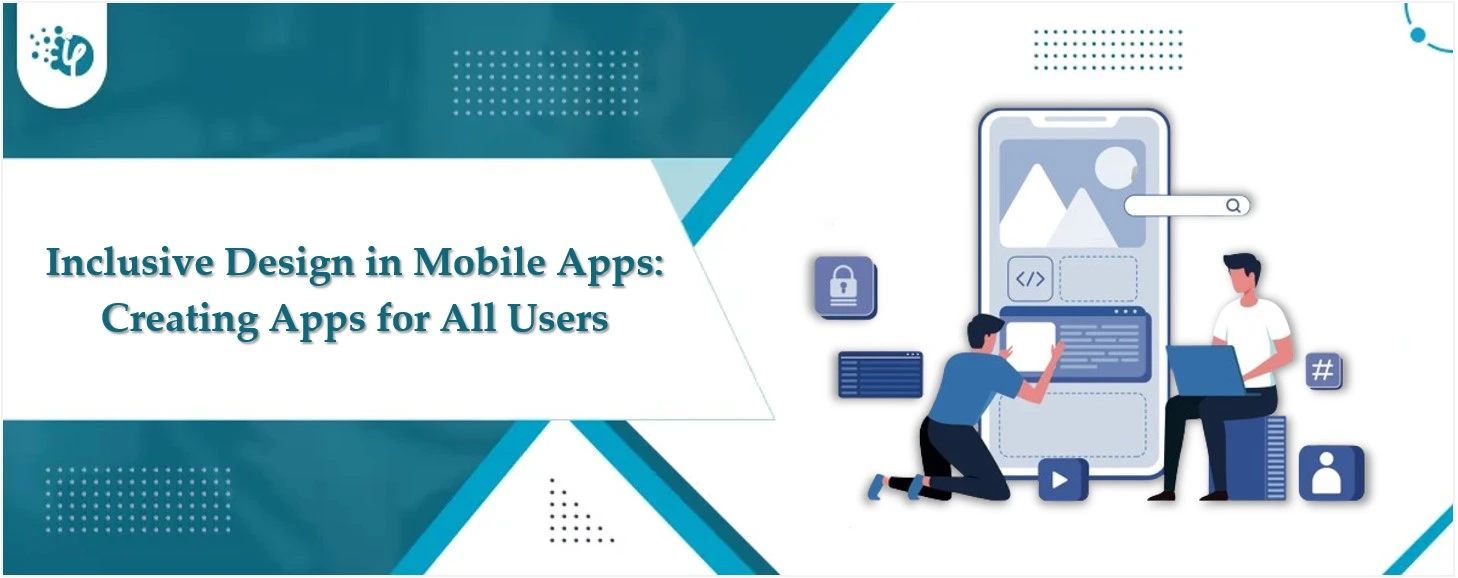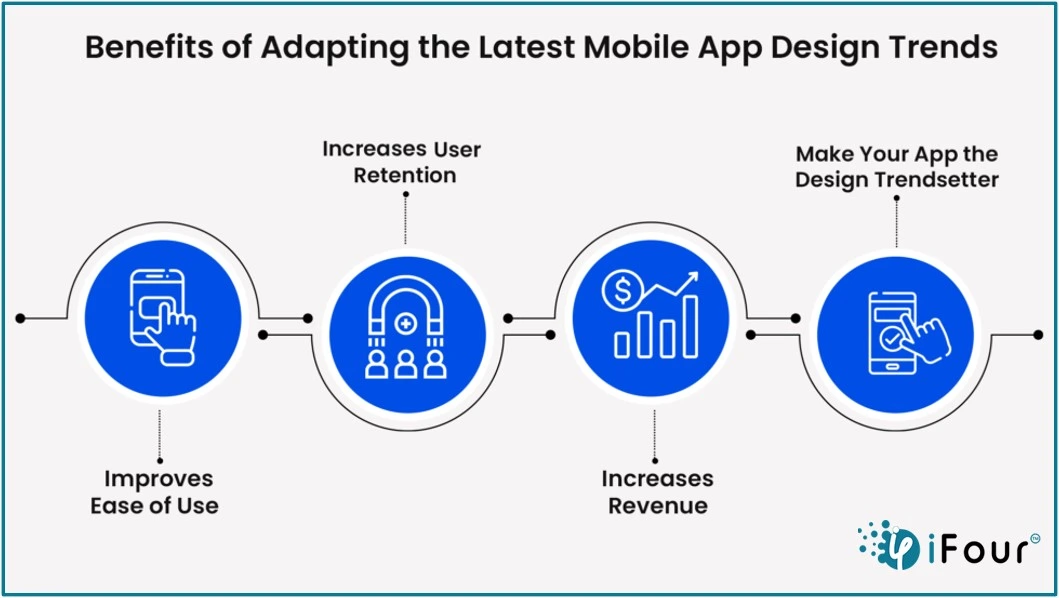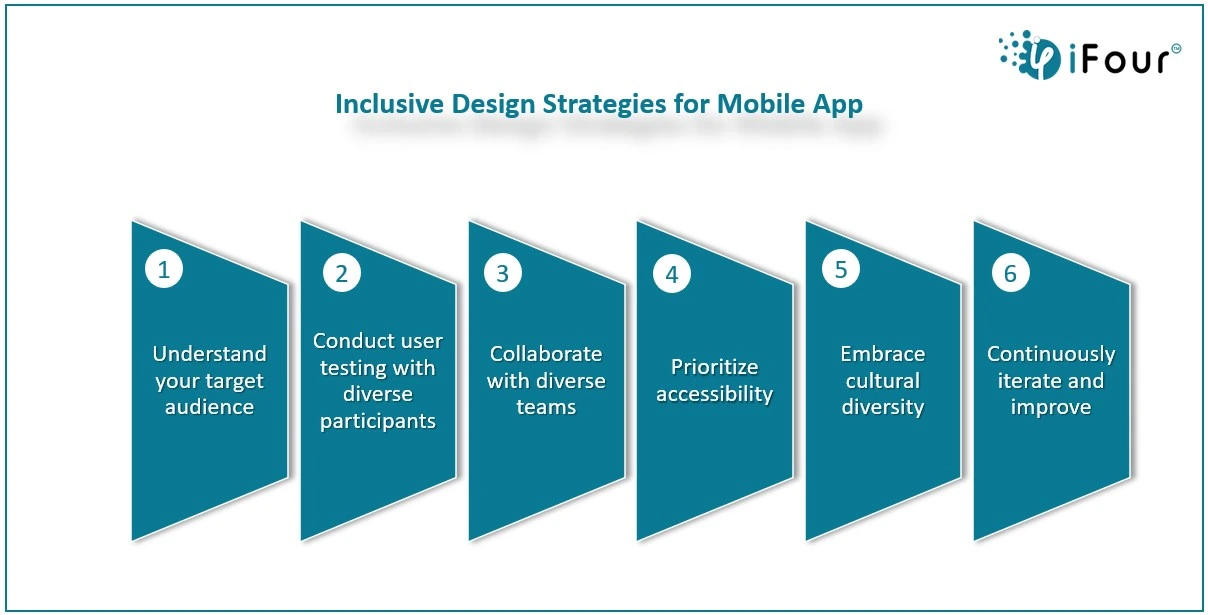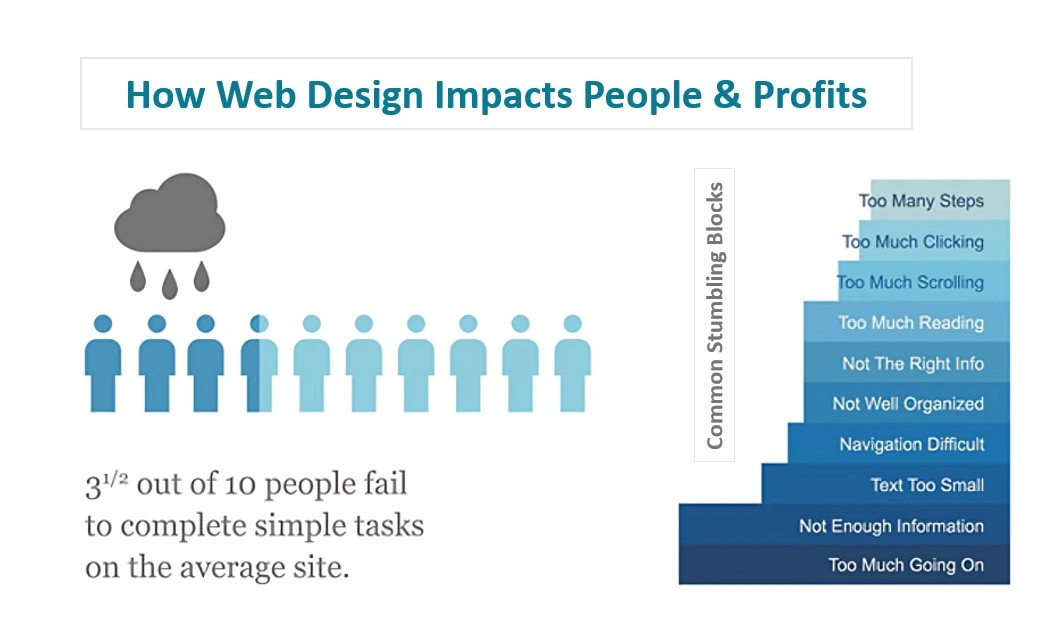Now that we have a general idea of inclusive design, we can move on to more concrete examples of inclusive design in mobile apps. Here are some of the best examples of inclusive design:
Cognitive Accessibility
Inclusive design for people with cognitive disabilities is all about ensuring that they can comprehend and easily interact with the mobile app. One way to achieve that is to use concise and simple language. Avoid using technical jargon or flowery words and keep things simple.
The use of simple language should extend to error messages as well, which we often see in mobile applications. You should be providing clear details about the error and instructions to rectify the issue.
Users who are challenged cognitively benefit from clear structures as well. When it comes to user navigation, keep things predictable. A great example of this is using a consistent layout or theme in your application.
Through insights obtained from data mining, you can gain insights into user navigation preferences and behaviors. Then, you can make better design decisions that prioritize usability, clarity, and ease of navigation.
To make your app even more accessible, it pays off to include a guided tutorial and accessible help features. By doing so, you make it easier for your users to understand your mobile application.
Economic Accessibility
Another way to make your applications more appealing to the general public is to consider the economic status of your users. Excessive data usage can pose a significant issue for users with limited economic resources.
In that case, you can include a ‘data saver’ feature in your application. Alternatively, you can even develop your own lite version of the app!
If you’re offering a paid application, try including different pricing plans to cater to various economic backgrounds. Recognize that users have varying budgets, and allowing more flexibility in pricing can make your app more inclusive.
These could be one-time purchases, different tiers of monthly subscriptions, and discounted plans for long-term commitments.
Mobile games in particular can exclude many economically disadvantaged populations, consuming a lot of memory and sometimes requiring high-end processors. Should you venture into mobile games as well, balance economic accessibility with performance requirements.
Cross-Cultural Sensitivity
If you truly want to expand your user base, you have to take into account the different cultures each user has grown up with.
This part of your design might require you to undergo extensive research on your user base. For example, it helps to have an idea of where most of your users are from and the cultural nuances associated with those regions.
Your research must include some common symbols and imagery in each culture. Avoid using symbols that may carry unintended meanings in certain contexts.
If possible, provide content in multiple languages. You must ensure that these are translated properly and also appropriate culturally.
For apps with in-app stores, provide the option to include your user’s choice of currency as well. This prevents confusion or inconveniences caused by currency conversion, creating a more inclusive and culturally sensitive environment for all users.
Input Diversity
Users may prefer to interact with devices in different ways. Some users are fine with the usual touch gestures, but others might prefer using voice commands. By understanding the variety in user preferences, you create a more inclusive application.
Color and Contrast Sensitivity
Taking into consideration color and contrast sensitivity when developing a mobile application is a must-do. It’s particularly beneficial for users with visual impairments and color blindness.
This often involves designing interfaces with sufficient contrast between the background and text to improve readability. While this doesn’t only benefit users with permanent visual disabilities, it also benefits users using your app in different lighting conditions.
Providing a dark mode for your application can be considered an inclusive form of design. Physically, it can cause less strain in your eyes when reading at night. And for those who experience migraines and photophobia, it can further protect their eyes.
Note that dark mode isn’t necessarily the same as high-contrast mode, and it can only be considered as such if there is a high contrast between the text and background.
Inclusive Marketing and Support
As ironic as it may sound, an inclusive app shouldn’t be limited to the application itself. Instead, you should focus on creating an inclusive ecosystem that extends beyond your app.
Truly creating an inclusive application will require your marketing strategies and your support team to reflect this commitment. For your marketing content, utilize different formats such as text, images, and videos.
If you have a support team, ensure that you have several support agents who speak different languages. In case a user runs into an issue with your app, doing this makes the communication process a lot more seamless.
Subtitles and Transcripts
Subtitles or transcripts in videos won’t be everyone’s cup of tea, but it’s a blessing for those who either have hearing impairments or those who prefer reading content.
Because they’re the representation of spoken words, you make any audio-visual material in your app accessible to a diverse audience. At the same time, this is a great opportunity to make content accessible to those who do not understand the original language. This, in particular, helps you reach a more global audience.
Everyone has different learning styles. For those who prefer visual or text-based comprehension, then subtitles not only accommodate their preferences, but also provide an enhanced learning experience.
Epilepsy-Friendly Design
People with photosensitive epilepsy may also be potential users of your mobile app, so it’s wise to consider them when making an inclusive design.
An epilepsy-friendly design requires you to avoid the use of flashing or rapidly changing visuals. Should your app have these kinds of animations, provide options to disable them to reduce the likelihood of seizures.
























